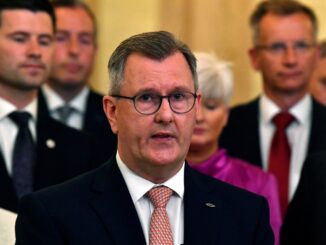
PARIS/FRANKFURT, July 10 (Reuters) – A rise in European wholesale gas prices over the past several months could encourage more utilities to switch to coal for electricity generation this coming winter, even as countries try to push the carbon-intense fuel out of the power mix.
While many European countries, such as France, Britain and Italy, have already either phased out coal completely or have limited scope for large-scale gas-to-coal switching, it remains a key part of the power mix in Europe’s number one energy consumer Germany, and much of eastern Europe.
A gas-to-coal shift would reverse a trend which began earlier this year when European gas prices fell to near a three-year low in February, incentivizing a switch in other direction. Gas prices have risen nearly 40% since their Feb. 23 low.
Plants fired by coal, which emits more than double the carbon dioxide equivalent per megawatt hour (MWh) of power produced than gas, also have to take into account the greater cost of EU carbon permits to offset their emissions.
But the price of permits also remains well below last year’s record high of more than 100 euros ($108), currently at around 68 euros per metric ton.
According to LSEG, a carbon price below 80 euros per metric ton would be needed for high efficiency coal plants to replace gas plants with 50% efficiency as of the first quarter of next year.
“We can expect many low- and medium-efficiency gas plants to be replaced by high and medium efficiency coal plants this winter, starting from November,” said Petter Norby, power analyst at LSEG.
Coal and carbon prices have experienced relatively strong losses this year due to weak Asian demand, cautious market sentiment and high stockpiles, said Andy Sommer, Swiss utility Axpo’s head of fundamental analysis, modelling and meteorology.
By contrast, “gas markets experienced a continued uptrend due to tight LNG supply and maintenance in Norway and the UK, leading to lower-than-average stock builds,” he said.
Looking ahead into July, his outlook suggested continued volatility with a focus on weather patterns.
Tight global LNG supply and multiple offline facilities in the U.S. have contributed to the increase in European gas prices over the last month, and could continue to be bullish factors, Rystad analyst Fabian Ronningen said.
There is also some volatility caused by the potential for an early Russian pipeline cut and ongoing Norwegian gas maintenance outages during summer, he added.
Germany’s electricity industry is still very dependent on coal imports, with importers lobby VDKI pegging current annual import levels at 33 million metric tons, of which 18 million are for power generation.
The import levels are down some 26.3% from 2022 when gas supplies were cut from Russia following the invasion of Ukraine, while coal for power levels are seen down near 40%, VDKI data showed.
($1 = 0.9238 euros)
Take the Survey at https://survey.energynewsbeat.com/





